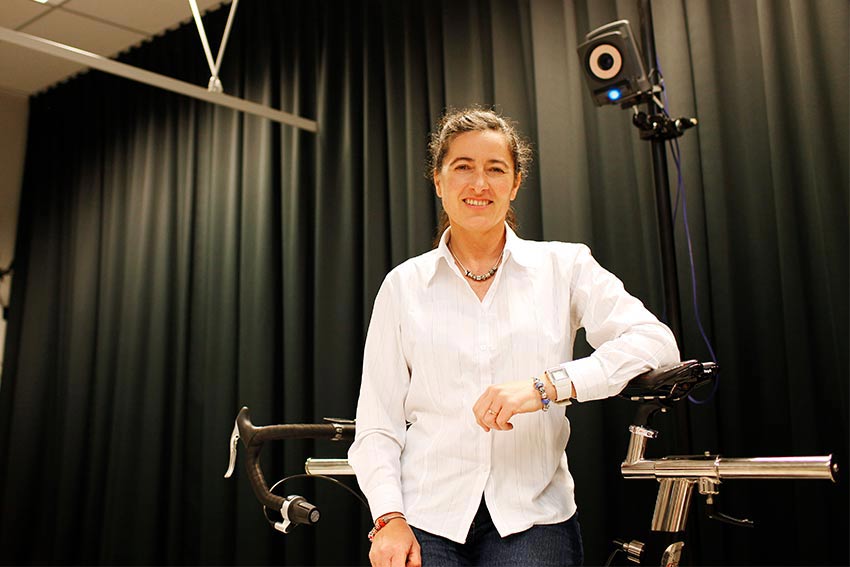AUT Tech to be used at Manu Championship

Manu, a term coined by kiwis for decades has become a staple act for New Zealand summer. The act of flinging oneself off a bridge, cliff or wharf to make as big a splash as possible has entrenched itself as an essential part of summer in Aotearoa.
With the Manu World Championships fast approaching in January this year, a new technology will be introduced to make for better competition. Dubbed "ManuTech", the system was developed by AUT human performance professor Patria Hume and two students over six months.
So how does it work? As each diver completes their jump, photos will be sent through the system measuring the exact height and width of each splash to determine its volume. For the grand final, ManuTech will measure the sound, or "pop", each jumper makes.
"It allows us to measure the splash characteristics within 15 seconds that computer is linked to a switching device which goes to a large screen so people can see their scores after about 30 seconds."
The world-first system is a massive leap forward for the sport — and is a chance for New Zealand to pioneer something completely new.
"Manu jumping is only really known in New Zealand, but given this has the potential to go worldwide, New Zealand is really leading the way."
This type of investment into technology recognises manu as a high-performance sport requiring significant skill on the side of the athlete.
"Those who attend events will be impressed by the skill required, the result of thousands of hours of practice across the country. We intend to acknowledge that hard work with an event that truly celebrates the calibre of contestants. We are celebrating the art of manu and embracing cutting-edge technology to elevate the competition to new heights."
The championship starts on January 27 at the Wellington Waterfront. The grand final will take place at Auckland's Viaduct Harbour on March 9.